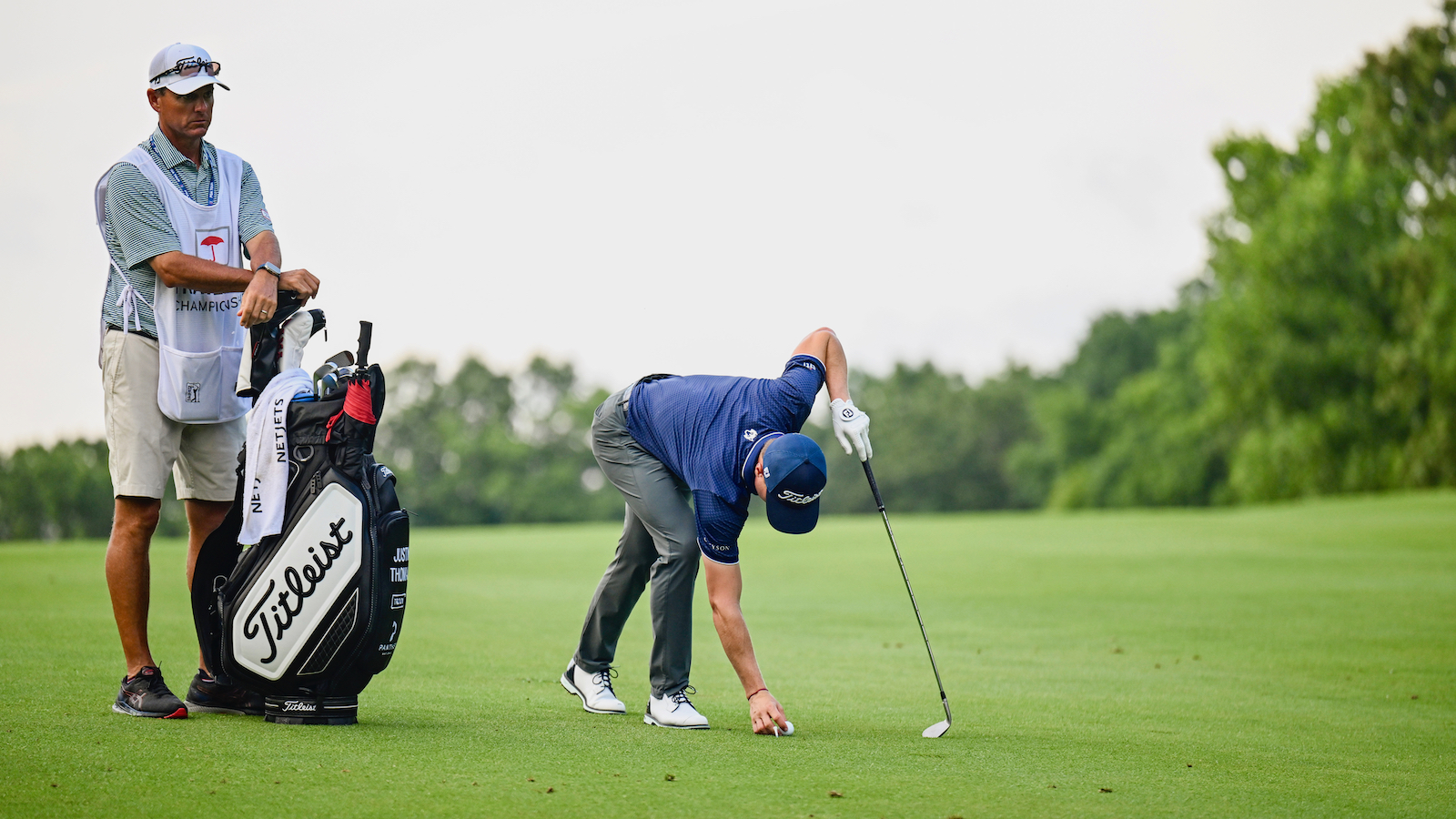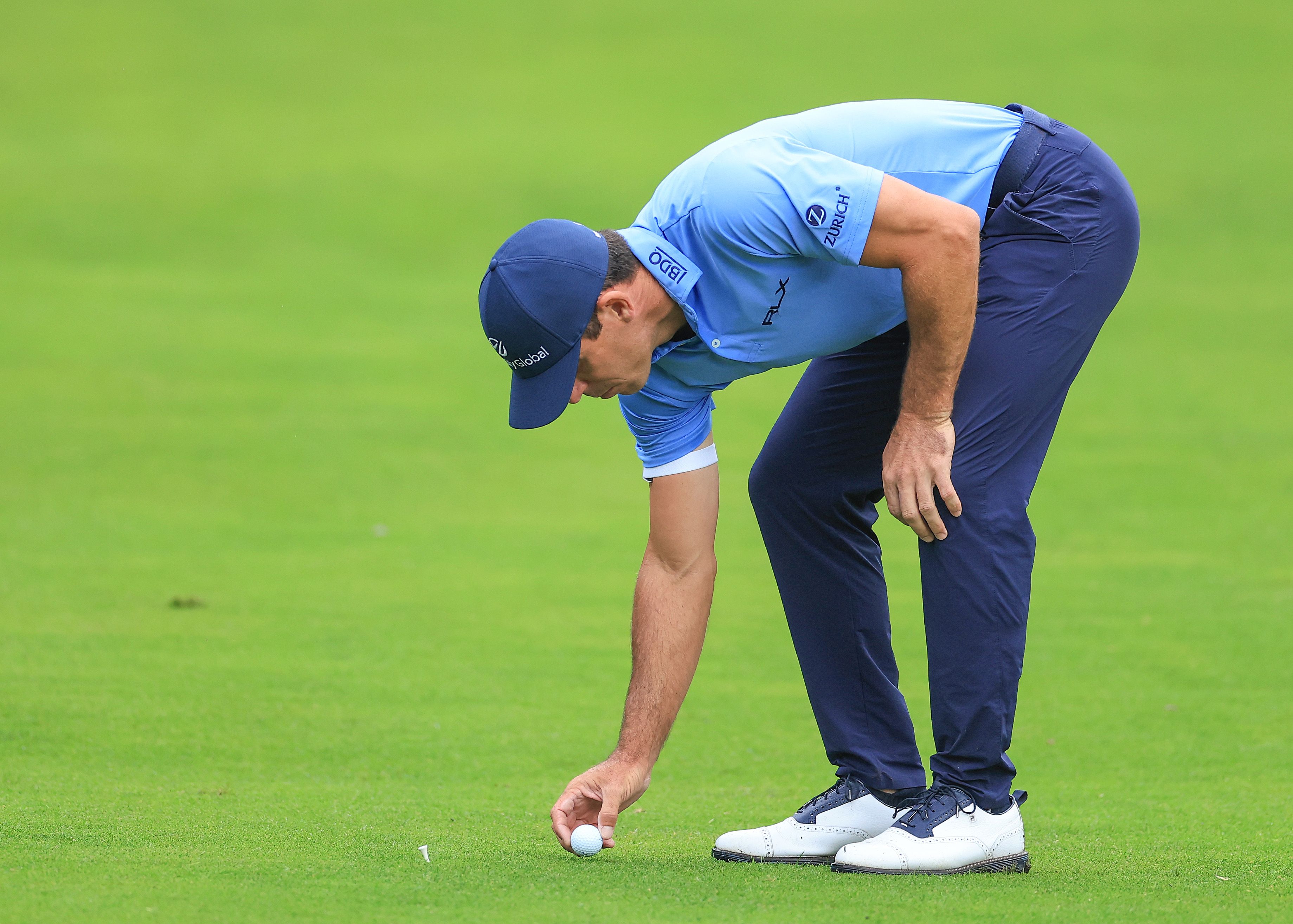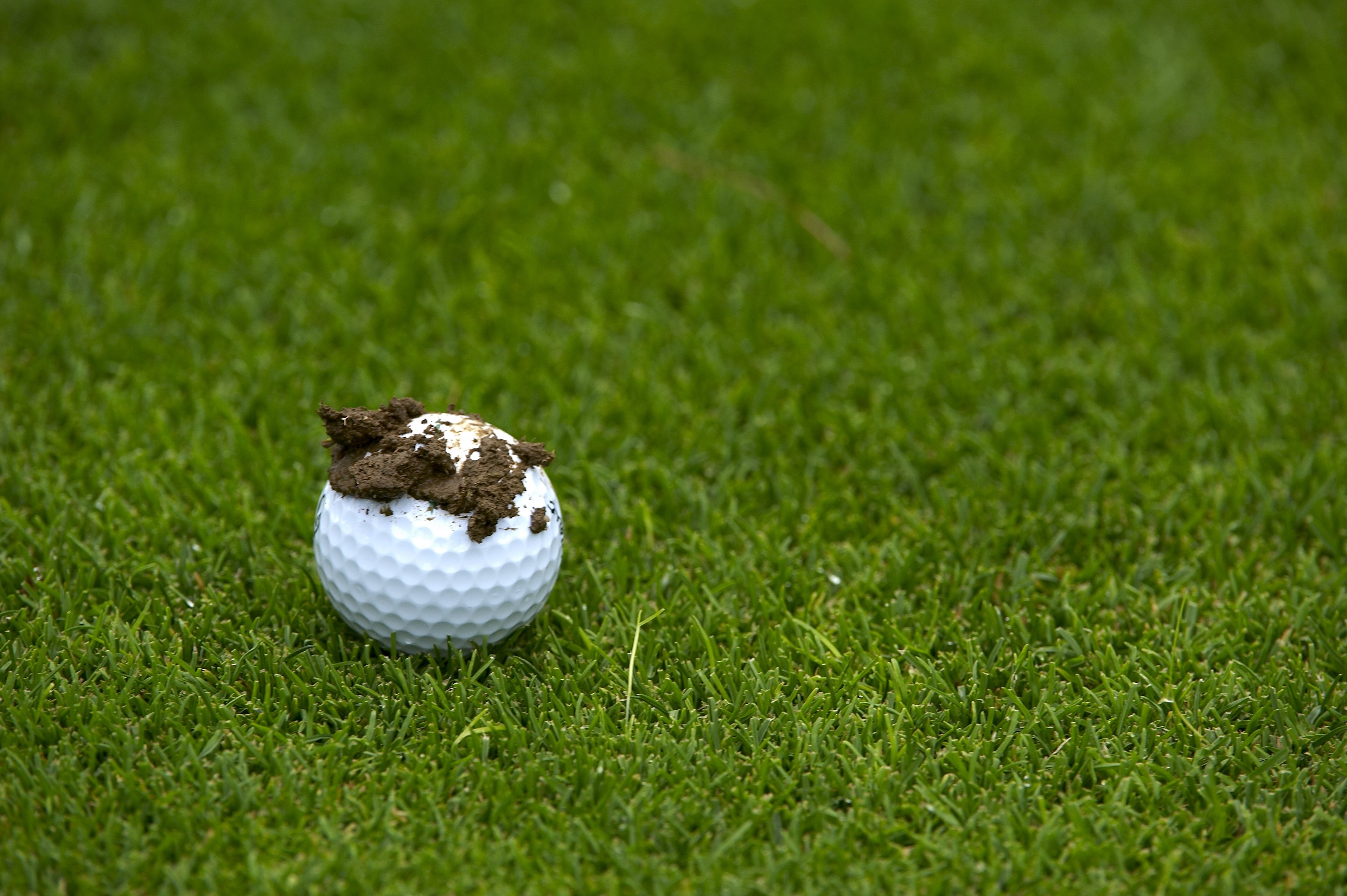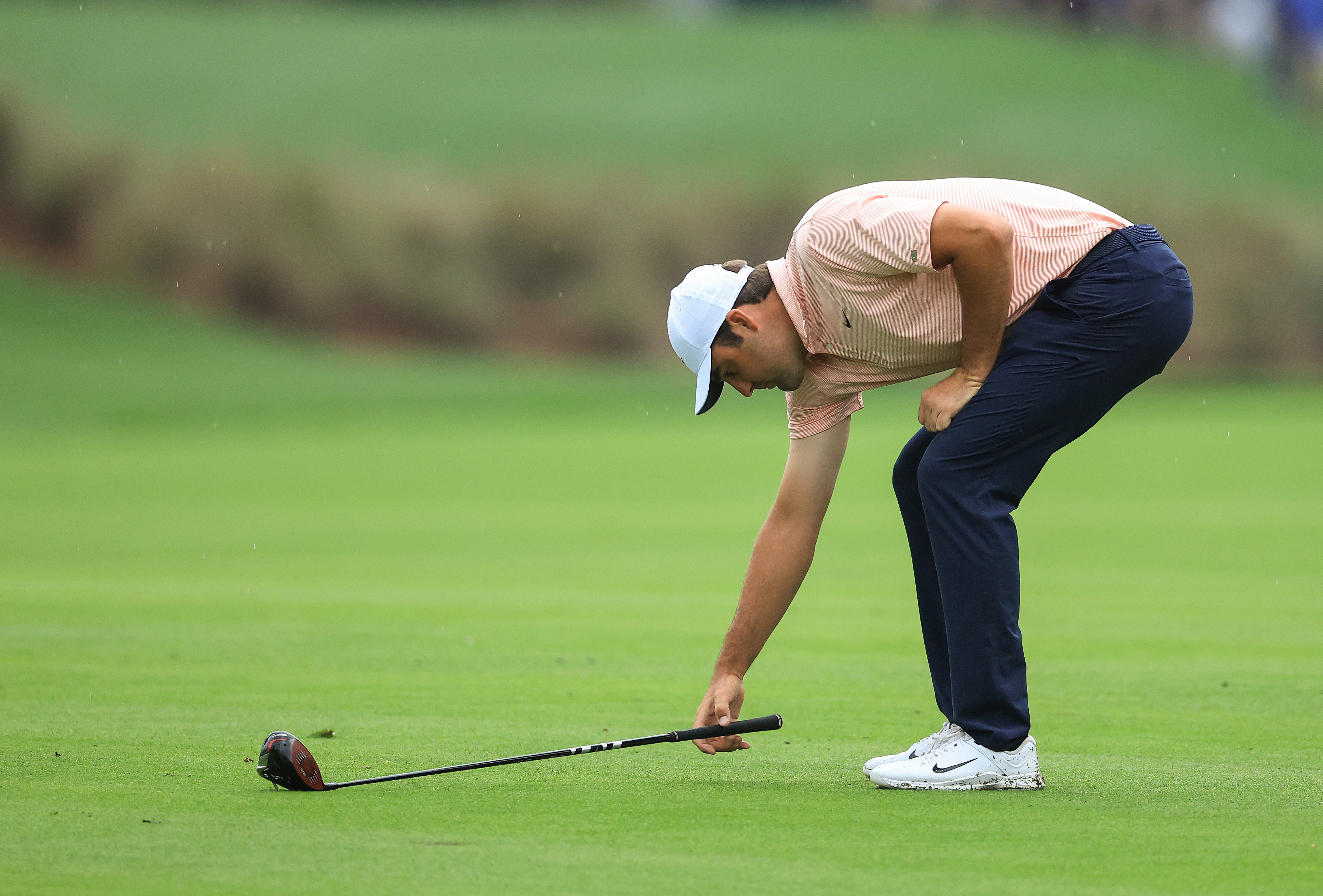
During the off-season, or even In the main season if the weather has conspired to leave fairways in a less-than-optimal state (either wet and muddy or sometimes bare and patchy with insufficient growth), many clubs introduce Local Rules in the form of preferred lies (often referred to as Winter Rules out of season) to allow balls on the fairways or other closely mown areas to be lifted, cleaned and placed in a preferred spot.

The R&A ‘s website explains the rationale and purpose of Model Local Rule E-3, which covers preferred lies: “When temporary abnormal conditions might interfere with fair play, the affected parts of the course can be defined as ground under repair. But adverse conditions such as heavy snows, spring thaws, prolonged rains or extreme heat can sometimes damage the course or prevent use of heavy mowing equipment. When such conditions are widespread on the course, the Committee can choose to adopt a Local Rule for "preferred lies" to allow fair play or help protect some or all fairways.”
Allowing the fair playing of the game when fairway conditions are less than ideal means players are less likely to suffer a ‘mud ball’ flight, or worse still, a clump of mud on the ball right at the point of impact. However, The R&A also advises that preferred lies should be withdrawn as soon as conditions warrant it, rather than being left in force indefinitely.

In their Winter Rules form, preferred lies will typically be in force from some time in October to some time in March or April, but in 2024, the very wet off-season and long recovery period meant some courses were still playing preferred lies on some or all fairways into the summer… even into August at one course I played! The Model Local Rule goes on to say such temporary relief is not recommended for use away from areas cut to fairway height and may not be introduced once play has started for a stroke play round to ensure no players gains an unfair advantage.
When taking preferred-lie relief under the Local Rule, it is a good idea (although strangely not obligatory) to first mark the ball’s position, before lifting and cleaning it without penalty. You must then place the ball (not roll it or nudge it with the toe of a club) on to a spot not nearer the hole within a specified limit from the reference point of where it was lying originally. This distance can vary, so always check whether it’s six inches, a scorecard’s length, a club’s length or whatever.

It’s also important to remember that you may only place the ball once, so once you’ve let go, that’s it, unless the ball rolls nearer the hole. So always take care and choose your spot wisely. If you choose a particularly precarious small tuft in an attempt to gain maximum advantage and the ball at first comes to rest on it, but subsequently rolls backwards into a poor lie, you’ll have to play it from there, thus negating the benefits of the preferred lie!
And more importantly still, do check that the Local Rule for preferred lies is actually in force before moving your ball. This may sound elementary, but even on tour, players have fallen foul of taking preferred lie relief when it was not in force. In 2019, Marcel Siem took relief five times in the first round of the Open de France before being advised preferred lies were not in force, thus incurring ten penalty shots for playing from a wrong place five times. Siem decided that was too much to overcome and pulled out of the event!

And Lydia Ko, the 2024 Olympic Gold Medallist and AIG Women’s Open champion, took preferred lie relief on four holes where it was not permitted during the 2023 Dana Open on the LPGA Tour. Such relief was only available on the 1st and 10th holes in the final round, and Ko had taken it on the 3rd, 7th and 9th holes and was about to do so on the 11th when a Rules official intervened.
Interestingly, her total penalty was seven strokes – three two-stroke penalties for playing from a wrong place under Rule 14.7a but only one stroke for the 11th hole as she had not yet placed her ball, meaning she could replace it on its original spot and only be penalised a stroke under Rule 9.4b for deliberately touching and moving her ball. She ended up in a tie for 65th having started the day in 24th spot.







